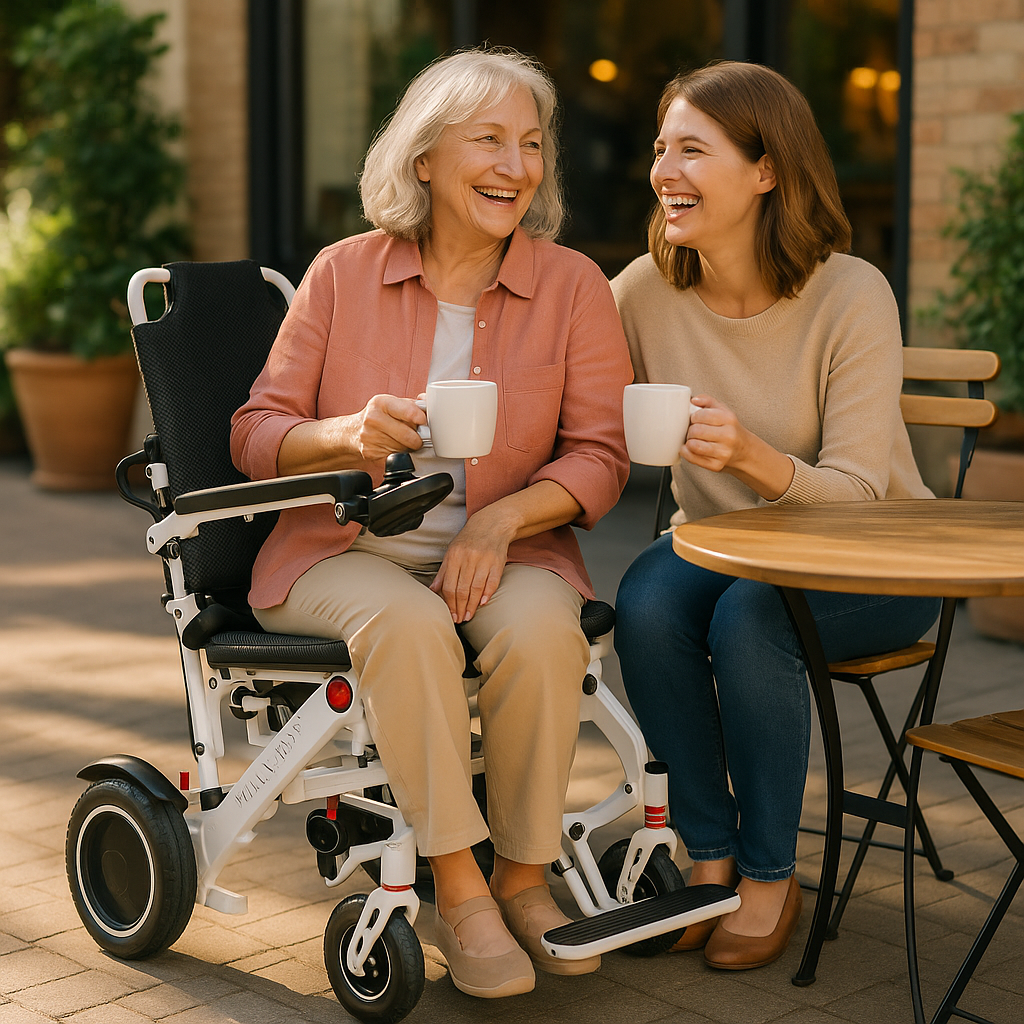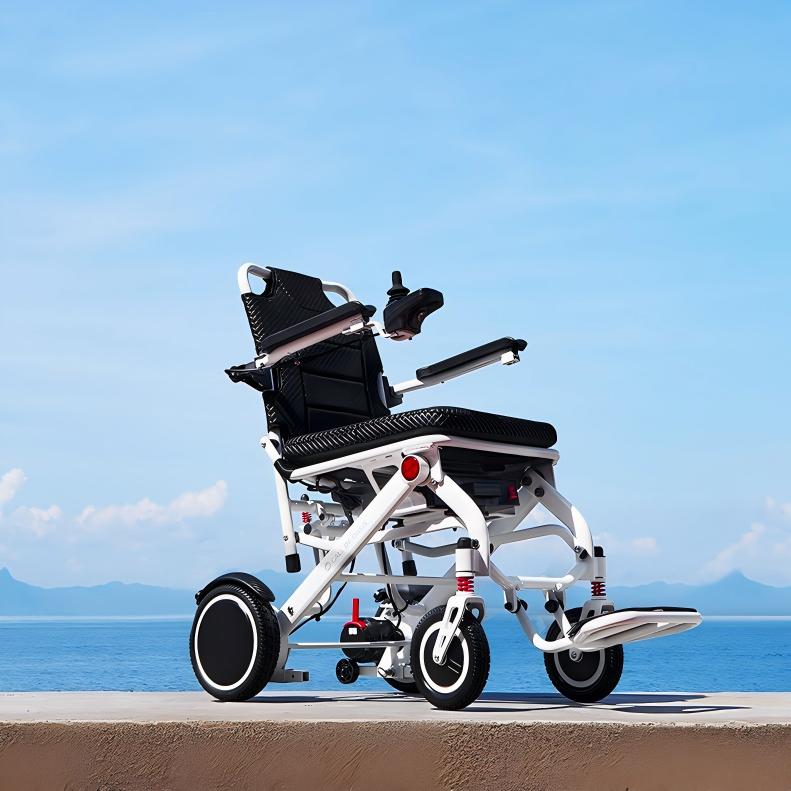Article: The Best Kept Secret in Accessibility: Electric Wheelchairs Explained

The Best Kept Secret in Accessibility: Electric Wheelchairs Explained
Introduction
Let’s be honest — when most people think of wheelchairs, the first picture that comes to mind is the classic manual chair. Strong arms, constant pushing, maybe even a caregiver helping along. But here’s the thing: that image is outdated.
The truth? Electric wheelchairs are quietly transforming lives — not just by making movement easier, but by restoring independence, dignity, and joy. Still, there are a lot of myths floating around. So let’s break them down, one by one.
Myth #1: “Manual chairs are enough — electric is just a luxury.”
Truth: Electric wheelchairs aren’t about luxury — they’re about independence.
-
Manual chairs require constant arm strength or a caregiver’s push. Over time, that gets exhausting and limiting.
-
Electric chairs? With a joystick (or even head or sip-and-puff controls), you move freely without draining your energy.
-
Everyday tasks — cooking, visiting family, even grocery shopping — turn from uphill battles into doable, everyday wins.
👉 Independence isn’t an “extra.” It’s the foundation of a confident life.
Myth #2: “Caregivers are still doing most of the work.”
Truth: Electric chairs don’t replace caregivers — they transform their role.
-
Caregivers no longer have to push, lift, or strain with every movement. That means less burnout and fewer injuries.
-
Instead, their energy can shift to companionship and emotional support. Imagine sharing laughs at a café instead of stressing about hills or curbs.
-
Users feel more dignity. Caregivers feel more relief. Everyone wins.
👉 It’s not about needing less care. It’s about creating better care.
Myth #3: “Electric chairs are just about getting from point A to B.”
Truth: They’re about protecting health and lifting spirits.
-
Data shows manual users often face shoulder pain, fatigue, and repetitive strain injuries.
-
Electric chairs conserve energy, protect joints, and give you stamina for the things you want to do.
-
Emotionally, that means less frustration, more confidence. Suddenly, dinner with family or a walk outside feels possible — and enjoyable.
👉 Movement isn’t just physical. It’s emotional. And electric chairs unlock both.
Myth #4: “Bigger batteries and more models = better chairs.”
Truth: The best design starts with real-life needs.
-
Many brands throw dozens of models at the market, but miss the point: it’s not about endless options.
-
Example: If you love traveling, a giant heavy battery won’t help. Sure, it lasts longer, but it makes airports and car trips a nightmare.
-
Smarter brands ask: What do you actually do every day? Travel? Commute? Stay active at home? Then they design around your life, not just specs on a sheet.
👉 Less is more. A chair that fits your body and lifestyle will always beat one that looks fancy but doesn’t work for you.
Myth #5: “Wheelchairs only highlight disability.”
Truth: Electric wheelchairs flip the script.
-
Instead of being seen as “limited,” users are seen as independent and engaged.
-
Society is starting to view accessibility not as restriction, but as freedom and participation.
-
From workplaces to public spaces, the shift is clear: people in electric wheelchairs are contributors, leaders, and equals.
👉 Accessibility isn’t about blending in. It’s about showing up — with confidence.
Conclusion: More Than Wheels — A Movement
So, are electric wheelchairs “the best”? For many, absolutely. They bring:
-
Independence for the user
-
Relief for caregivers
-
Protection for long-term health
-
Design that actually fits your lifestyle
-
A shift in how society views accessibility
Here’s the real secret: electric wheelchairs aren’t just devices. They’re symbols of freedom, dignity, and inclusion.
And the best part? This isn’t a solo ride. It’s something we all move forward in — together.
👉 Ready to rethink what mobility means? Pull up alongside. The future is rolling forward, and there’s room for everyone.



Leave a comment
This site is protected by hCaptcha and the hCaptcha Privacy Policy and Terms of Service apply.